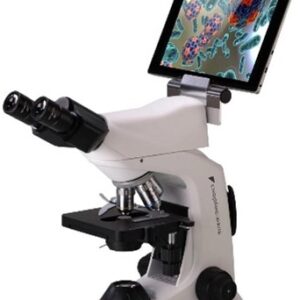Description
It a scientific method for analyzing physicochemical properties, relying on the interplay between externally administered radiofrequency radiation and atomic nuclei. This process entails a transfer of energy, resulting in a modification of a fundamental characteristic of the atomic nuclei known as nuclear spin. The nuclear spin is characterized by a quantum number (I) that varies according to the specific isotope under consideration. Only atomic nuclei with I ≠ 0 can be detected through NMR spectroscopy (NMR-active nuclei, such as 1H, 2H, 13C, and 15N). These NMR-active nuclei exhibit characteristics of minuscule magnets (magnetic dipoles) and have the ability to align themselves with external magnetic fields (referred to as magnetization). The strength of these minuscule magnets is determined by a constant referred to as the gyromagnetic ratio (γ), the numerical value of which is contingent upon the isotope.
Uses of NMR spectroscopy
- Investigating the process of protein folding.
- Conducting analysis for drug screening and designing.
- Exploring the molecular interactions involved in chemical reactions.
- Assessing the ratio of solids and liquids within lipid compounds.





